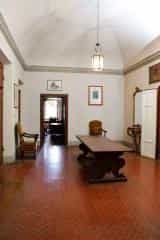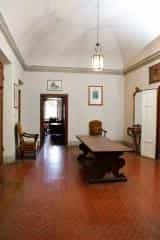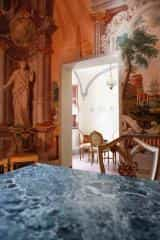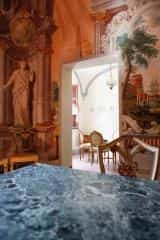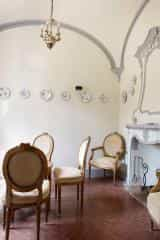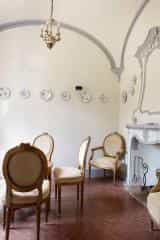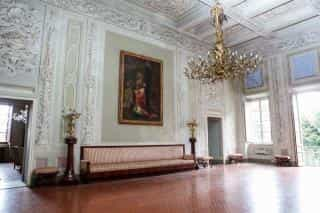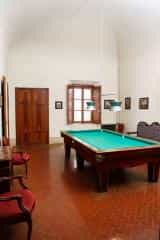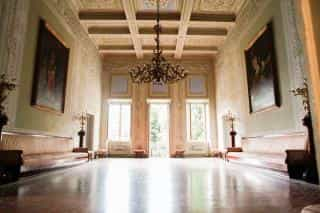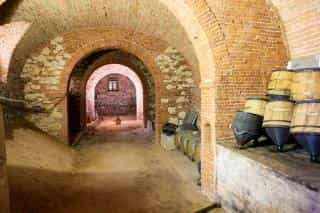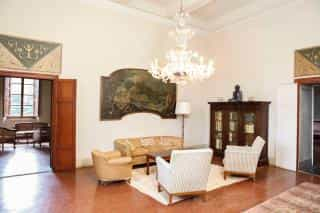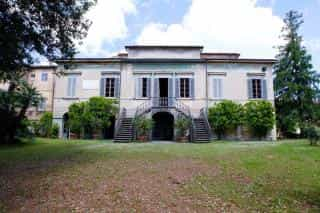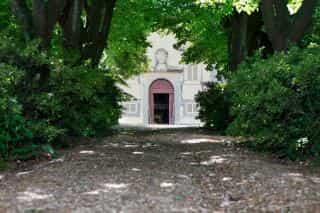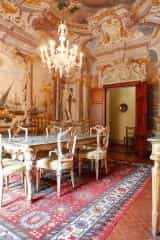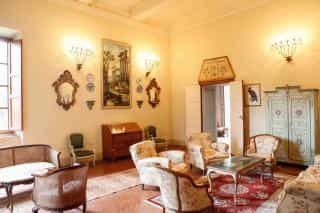House buy in null null
The history of the complex can be reconstructed on the basis of sources dating back to 1561. Extensions and modifications were made to the original layout over the following centuries: the entrance hall, the hall and the vaulted sitting room on the first floor have a seventeenth-century appearance, the decorations on the main floor are from the eighteenth-nineteenth century, while the facades were refigured in the last century. The rear facade located to the south is characterized by the central U-shaped staircase in pietra serena with an iron parapet to access the hall. From the portal on the ground floor, characterized by a passing entrance hall that connects the two gardens directly, you enter the double-volume entrance hall with Volterrana ceilings, a two-flight staircase in pietra serena; on this there are two internal windows with balconies in pietra serena that allow the view of the entrance from the side sitting rooms. The main floor is articulated around the large central passing hall, decorated in the nineteenth century with geometric squares and arabesques and covered with a coffered ceiling; to the west, with access to the roof terrace, there are two rooms vaulted in the Volterra style, one completely frescoed with squares that open onto sea views, the other decorated with stucco and squares. An oratory is attached to the villa, dedicated to San Francesco d'Assisi, which the authoritative scholar Giovanni Mariti supposes to have been built on a design by Michelangelo Buonarroti towards the end of the sixteenth century, having had the original drawings available during a visit to the villa. in 1788; it is certain that the oratory, with a rectangular plan with a semicircular apse, already existed in 1619. The last intervention carried out in chronological order concerned the arrangement of the surrounding park, rich in tall tree species; today the villa can be reached via a tree-lined avenue planted in 1940 which replaced the original scenic access with double brick staircase with the carriage entrance still located today at the back. The manor house is divided into three different buildings, the central one for mainly residential use, with a total gross surface area of 2,500 square meters, of which 900 on the ground floor for accessory and / or rural use, while the two side bodies are mainly for use rural and ancillary and have a total gross area of approx. 1000 The mansion is in need of recovery.
